
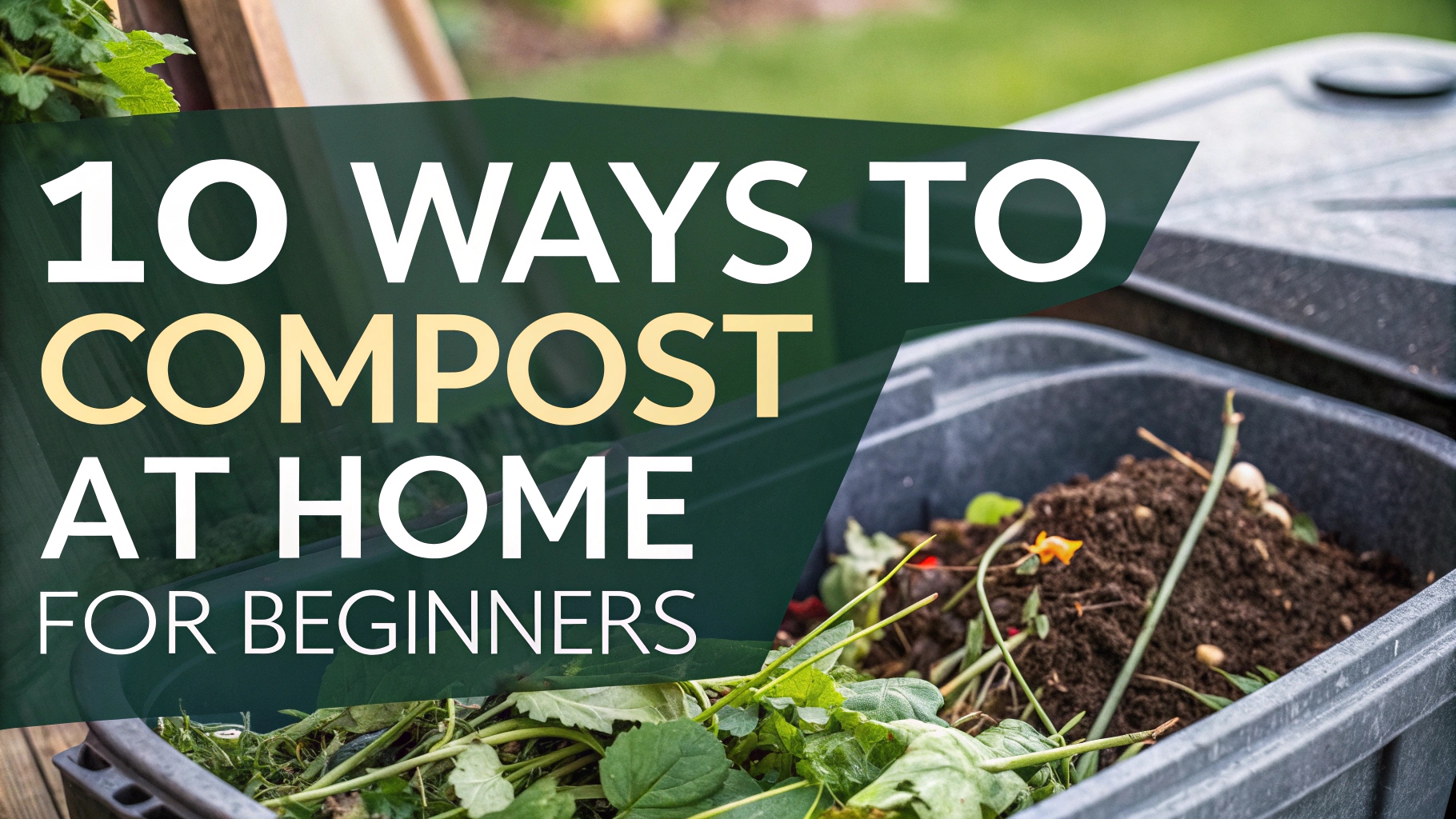
Composting at home is a wonderful way to reduce waste and nourish your garden while embracing an eco-friendly lifestyle. Whether you have a sprawling backyard or a cozy apartment balcony, there are simple and effective methods to turn kitchen scraps and yard waste into nutrient-rich compost.
This guide will introduce you to 10 beginner-friendly composting methods that are both sustainable and rewarding, allowing you to contribute positively to the environment while enjoying the fruits of your labor.
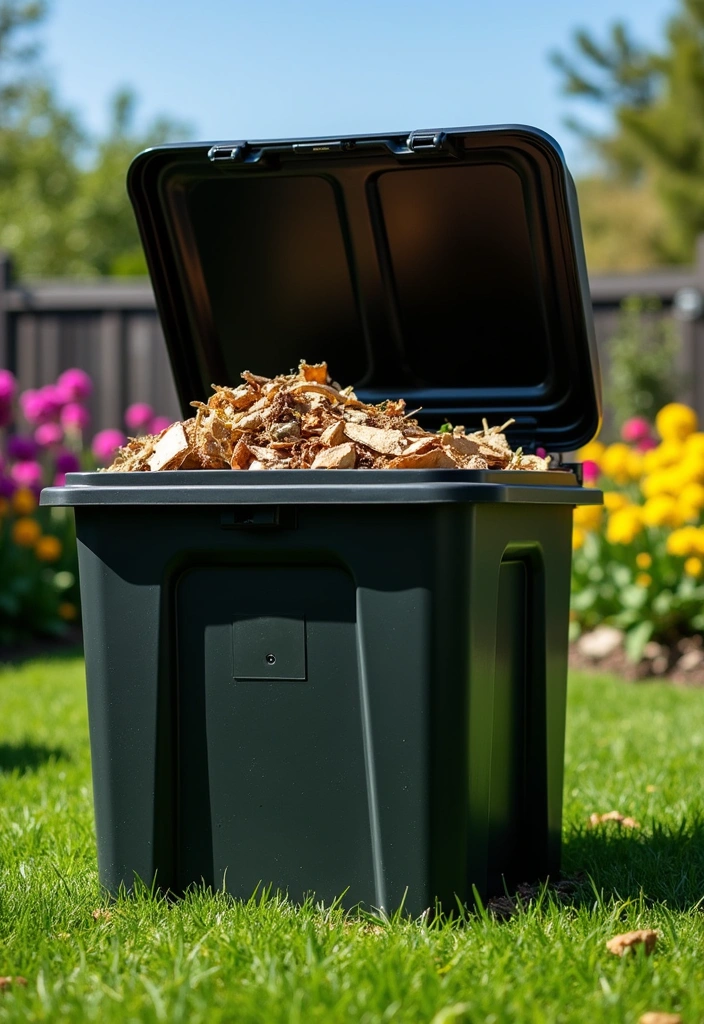
Choosing the right compost bin is the first step to successful composting at home. Look for bins that have good ventilation, easy access for turning, and a size suitable for your space.
Compact compost bins are ideal for small gardens or balconies, while larger bins can accommodate more material. Investing in a quality compost bin allows you to manage your composting process efficiently, keeping it neat and odor-free.
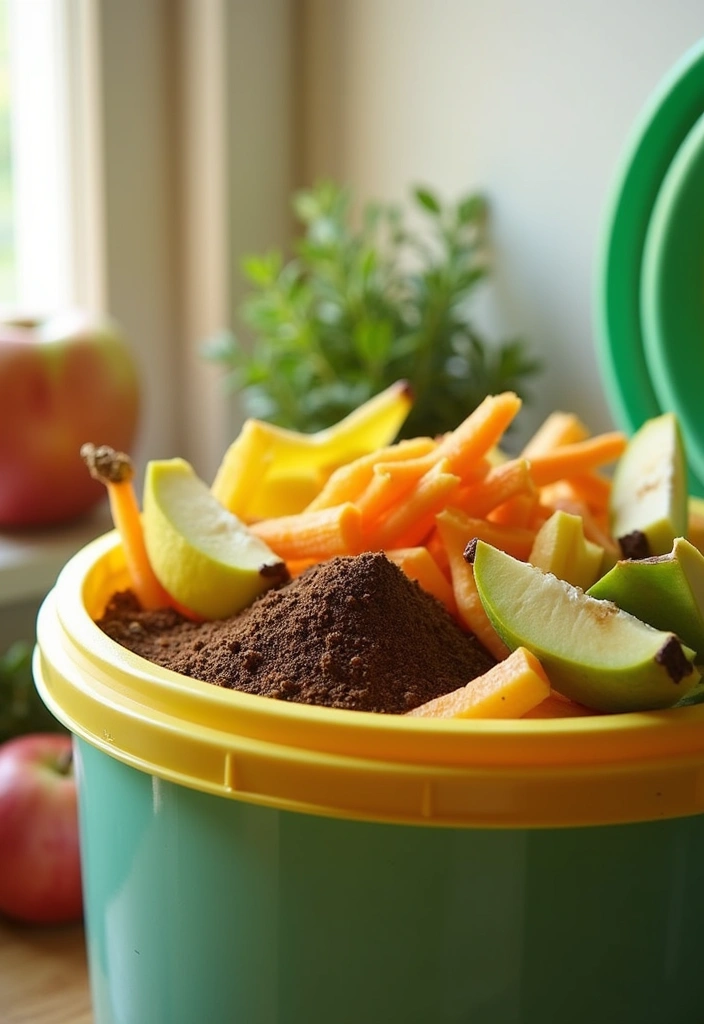
Your kitchen is a treasure trove of compostable materials! Fruit and vegetable peels, coffee grounds, eggshells, and stale bread can all be transformed into compost. Just remember to avoid meat and dairy, which can attract pests.
Collect your kitchen scraps in a designated container and add them to your compost bin regularly. This not only reduces waste but also contributes to nutrient-rich compost for your garden.
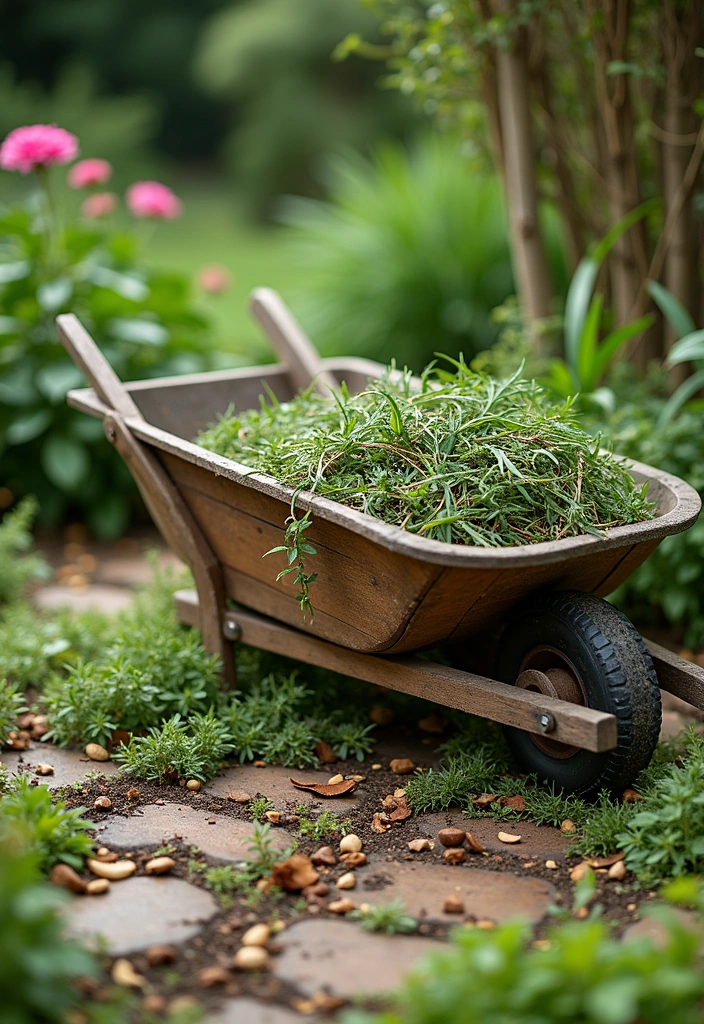
Your garden can also contribute significantly to your compost pile. Collect grass clippings, leaves, and small branches to add to your compost bin.
These brown and green materials provide essential carbon and nitrogen, creating a balanced compost mix. Chopping larger materials into smaller pieces can speed up the decomposition process, ensuring you get rich compost sooner.
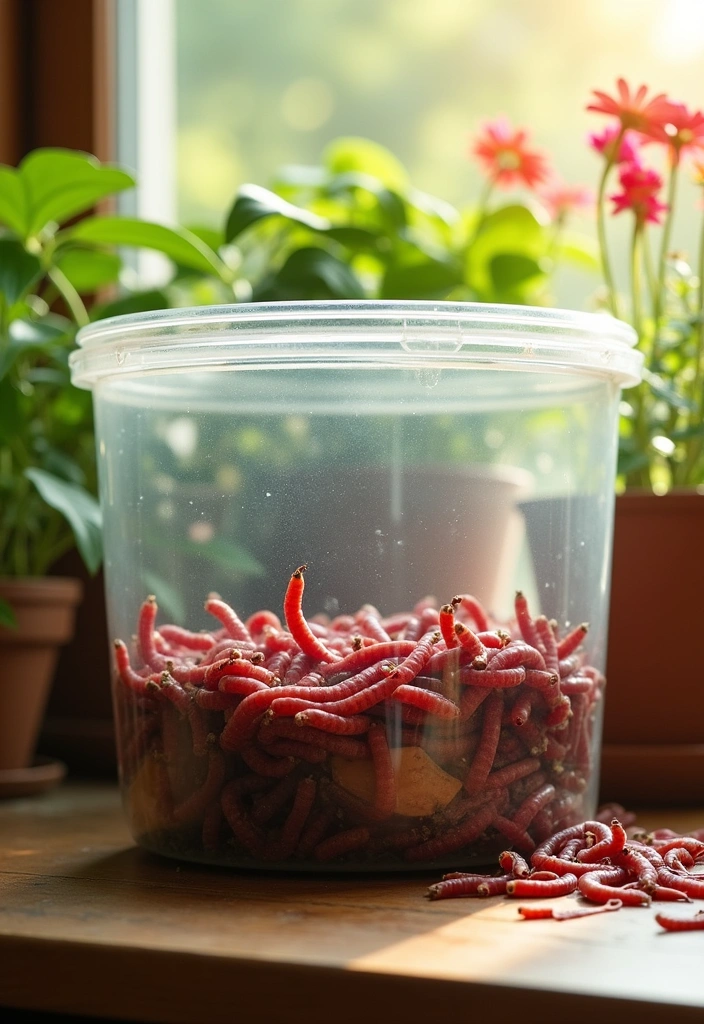
Worm composting, or vermicomposting, is a fun and effective way to compost at home, especially for beginners. Red wigglers are the star of this process, turning kitchen scraps into nutrient-rich worm castings.
Set up a worm bin with bedding materials like shredded newspaper, add your kitchen waste, and let the worms do their magic! This method is perfect for small spaces and offers a fascinating glimpse into nature’s recycling process.
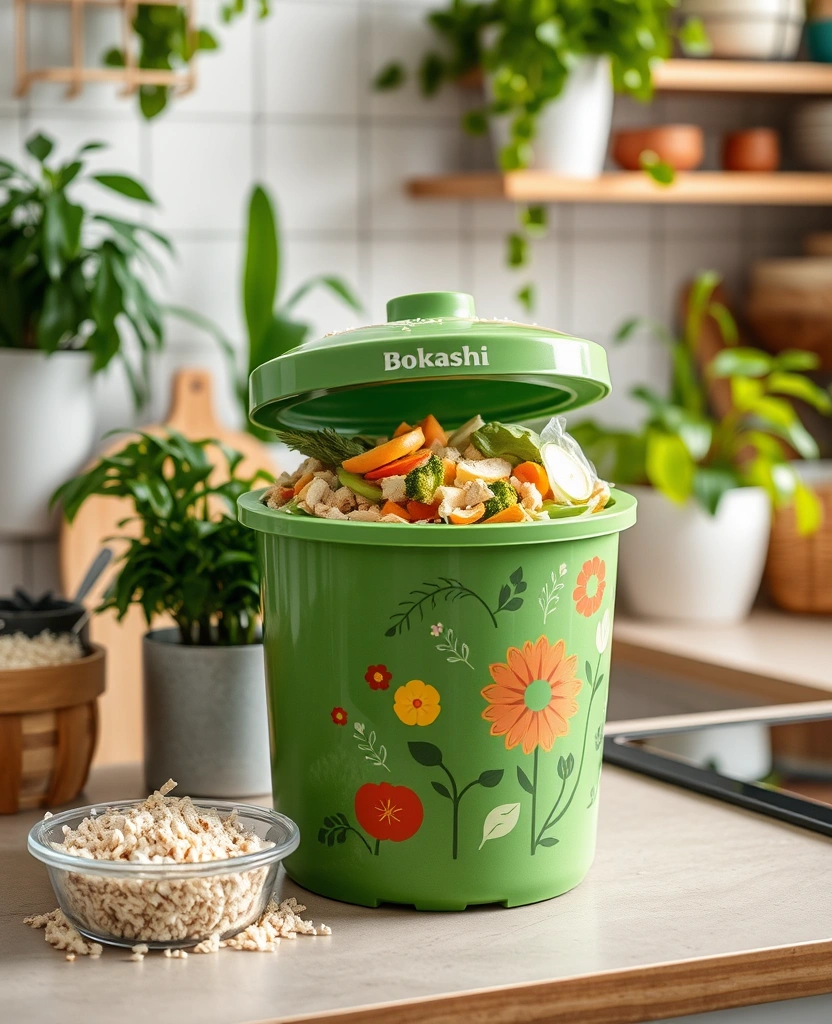
Bokashi composting is a unique method that ferments kitchen waste instead of breaking it down through traditional composting. Using a Bokashi bin, you layer food scraps with Bokashi bran and let the mixture ferment.
This method is particularly great for composting meat and dairy products that are typically not suitable for regular composting. After fermentation, bury the contents in your garden or add to a compost bin to continue the decomposition process.
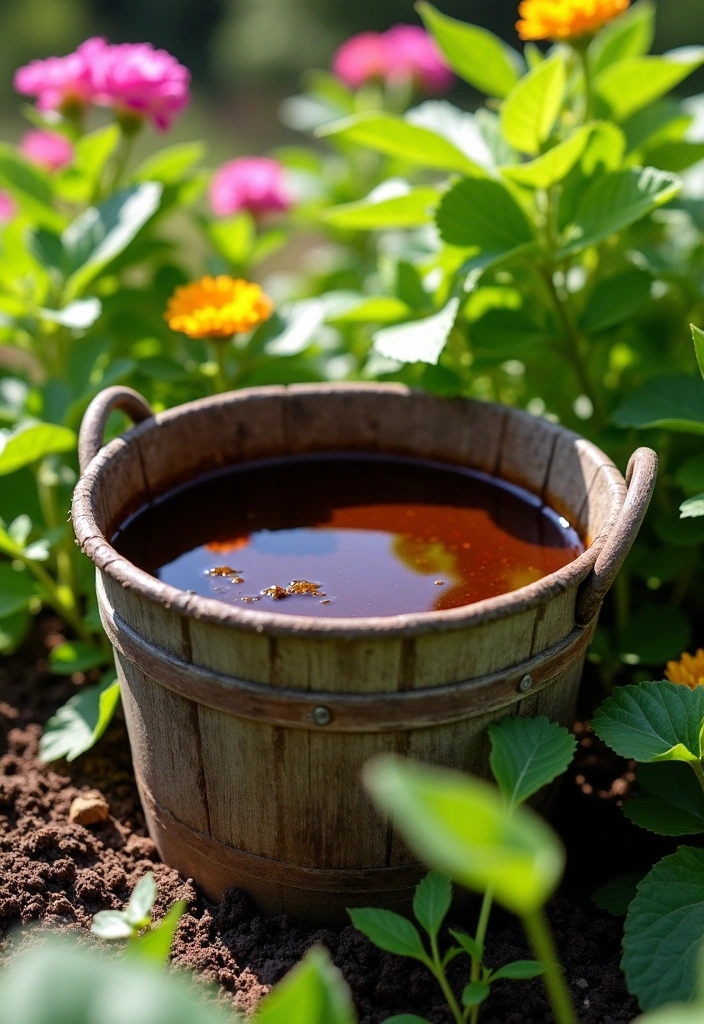
Compost tea is a nutrient-rich liquid made by steeping compost in water, and it can be an excellent addition to your gardening routine. It provides essential nutrients directly to your plants, promoting healthy growth and vibrant blooms.
To make compost tea, fill a container with water, add a cloth bag filled with compost, and let it steep for a few days. Use this liquid gold to water your plants and watch them thrive!
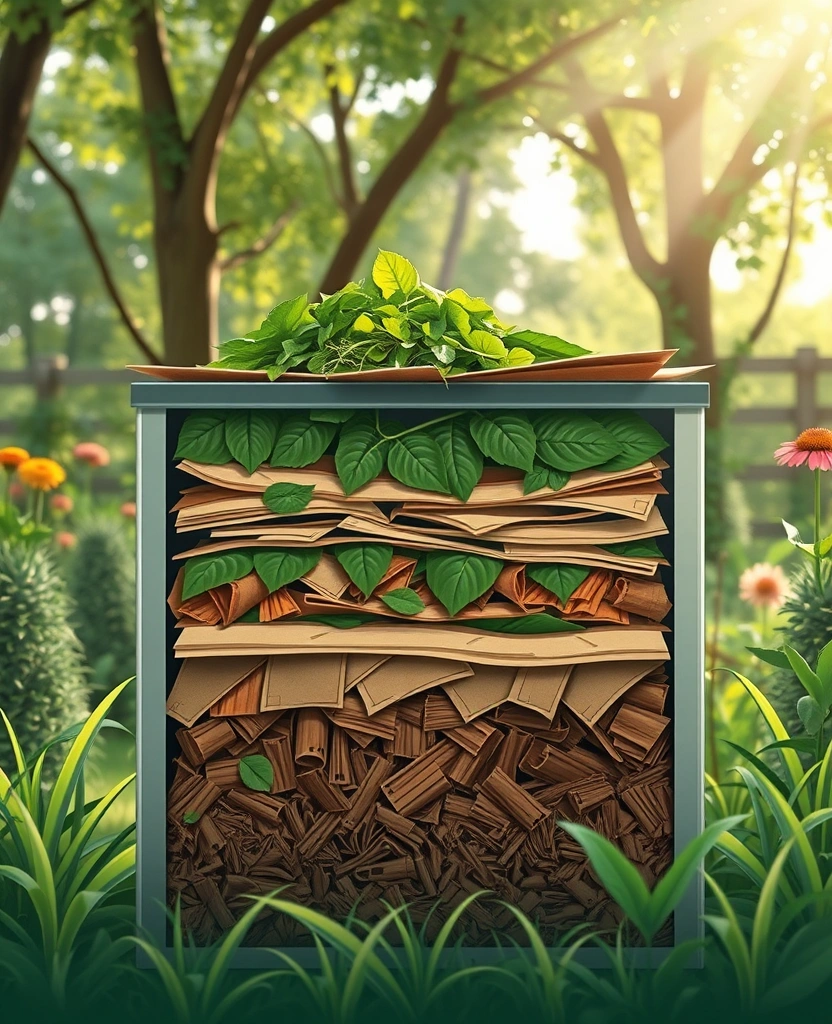
The layering technique is crucial for effective composting at home. By alternating layers of green materials (like kitchen scraps) and brown materials (like leaves and cardboard), you create an ideal environment for decomposition.
Aim for a ratio of about 2:1 of brown to green materials. This method not only helps to prevent odors but also improves aeration, speeding up the composting process.
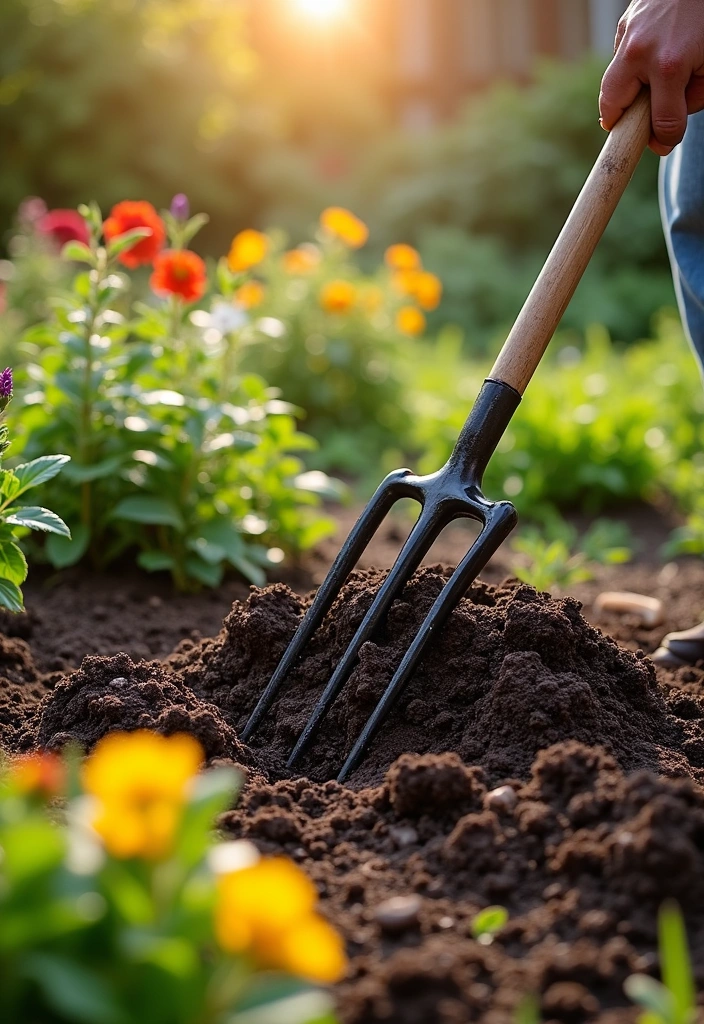
Aeration is key to maintaining a healthy compost pile. By turning your compost regularly, you introduce oxygen, which helps beneficial microorganisms thrive and speeds up decomposition.
Use a pitchfork or compost aerator to mix the materials every few weeks, ensuring a balanced breakdown. This will also help prevent unpleasant odors and keep your compost pile from becoming compacted.
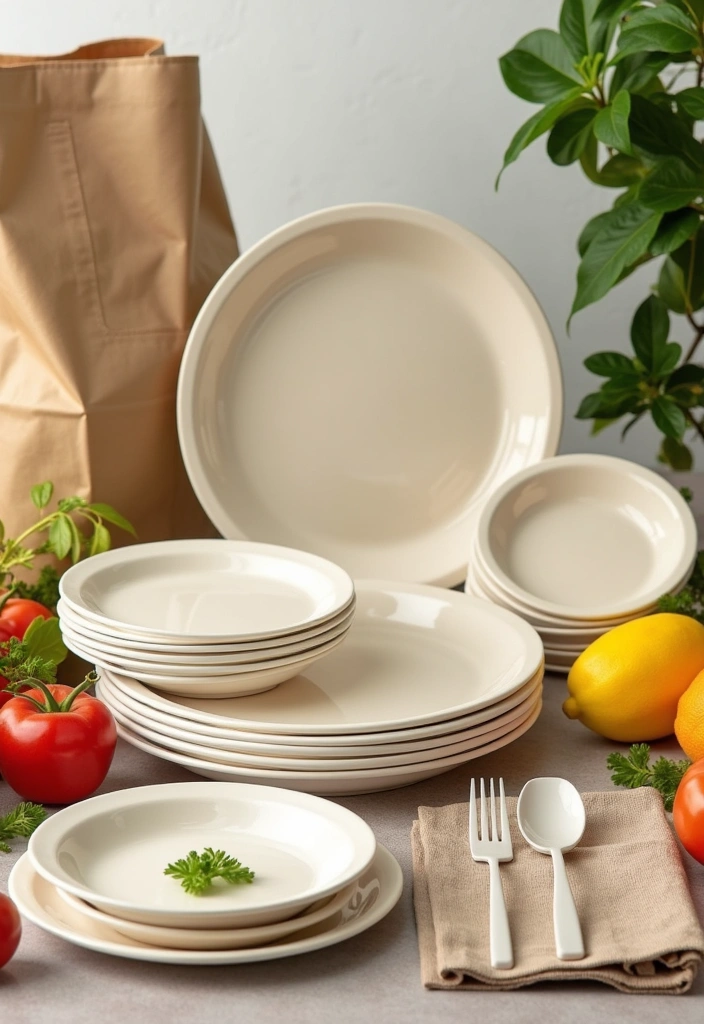
Using compostable products in your daily life can significantly enhance your composting efforts. Opt for compostable plates, utensils, and bags that break down naturally and enrich your compost pile.
They provide additional carbon and nitrogen, promoting healthy compost. Additionally, check for certifications to ensure that the products you use are genuinely compostable.
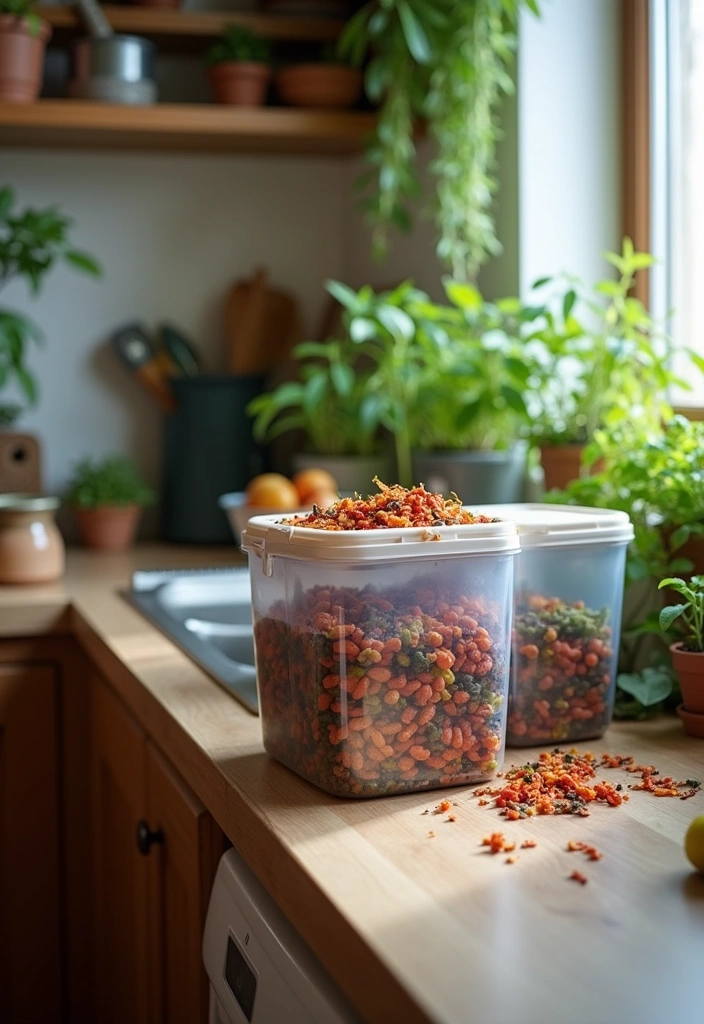
Even if you live in a small apartment, you can still compost at home! Consider using small compost bins, worm composting, or Bokashi systems that fit neatly in your kitchen or balcony.
Choose methods that require minimal space and are odor-free, allowing you to enjoy the benefits of composting without sacrificing valuable living area. These compact solutions make it easy to contribute to sustainability in any living situation.
Composting at home is a rewarding journey that not only benefits your garden but also contributes to a healthier planet. By implementing these 10 beginner-friendly methods, you can embrace an eco-friendly lifestyle and inspire others to do the same. So gather your kitchen scraps, invest in a compost bin, and start your composting adventure today!
